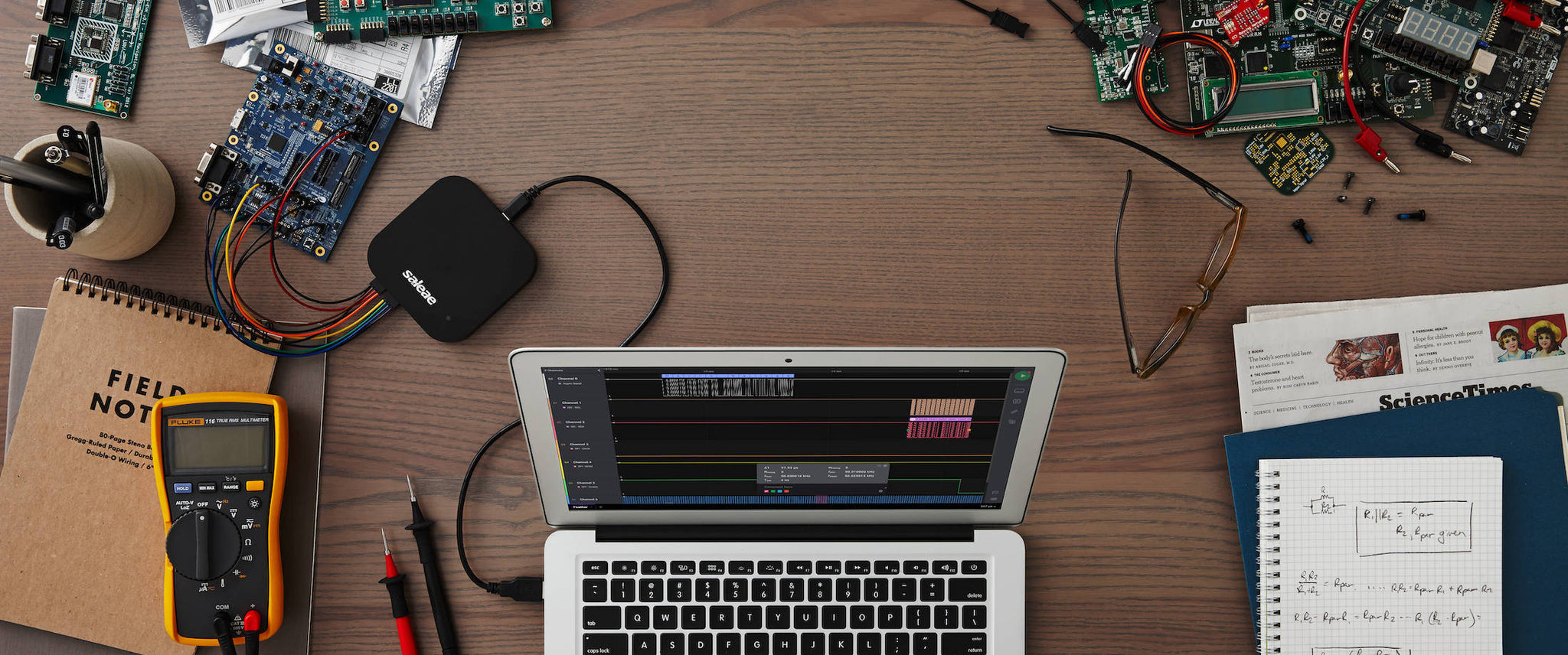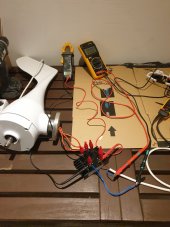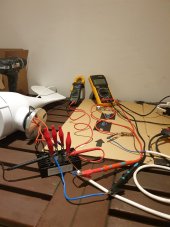Hedges
I See Electromagnetic Fields!
- Joined
- Mar 28, 2020
- Messages
- 21,505
Can't seem to find one
Here's what I use.
A bit rich for the typical hobbyist, but I got one when I had a contract job, and considered it a deal for something that had original MSRP $25k
I've bought a few, ranging from $2000 down to $500.

Tektronix TDS784D Oscilloscope 1GHz 4GS/s 13 1F 1M 2F 2C | eBay
Find many great new & used options and get the best deals for Tektronix TDS784D Oscilloscope 1GHz 4GS/s 13 1F 1M 2F 2C at the best online prices at eBay! Free shipping for many products!
www.ebay.com
You may or may not find that one on your side of the pond.
Just a 2-channel scope would let you see one leg and compare to one other. Have to move the probes to compare all 3 combinations of 2 leads.
You also don't need 1 GHz bandwidth
There are some "scopes" that consist of an ADC and memory, connect with a PC. "Saleae" is one some people have used at work.
!! you would have to scale down voltage externally with resistors to use a low-voltage device like that!!

Saleae Logic Analyzers
Effortlessly decode protocols like SPI, I2C, Serial, and many more. Leverage community created analyzers or build your own low-level or high-level protocol analyzer.
Would be nice to have differential inputs, since the wires aren't referenced to ground.
With 3-phase rectifier (6 diodes feeding Ground and Positive DC), you can reference scope ground to diode ground and monitor 2 or 3 wires prior to rectifier.




